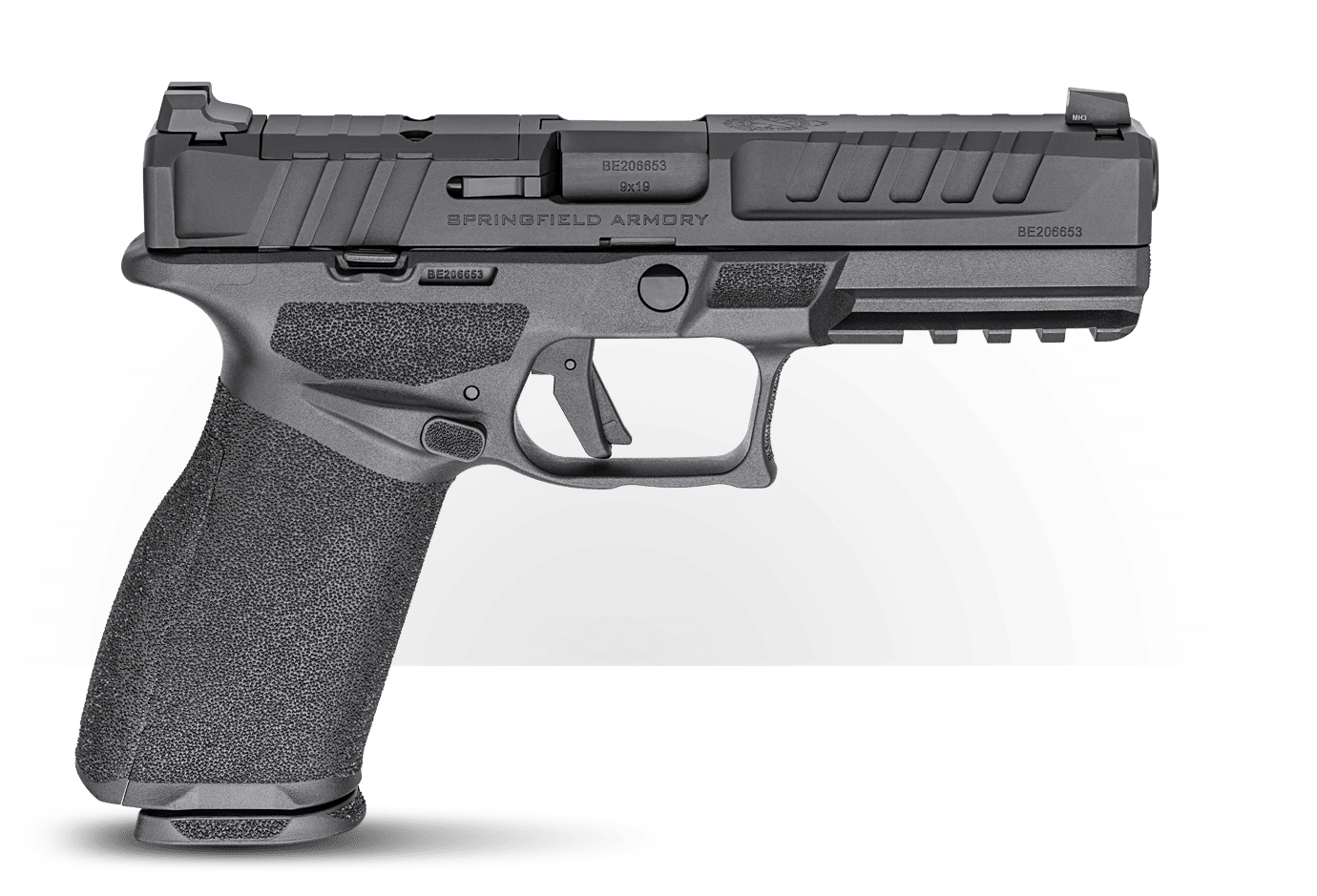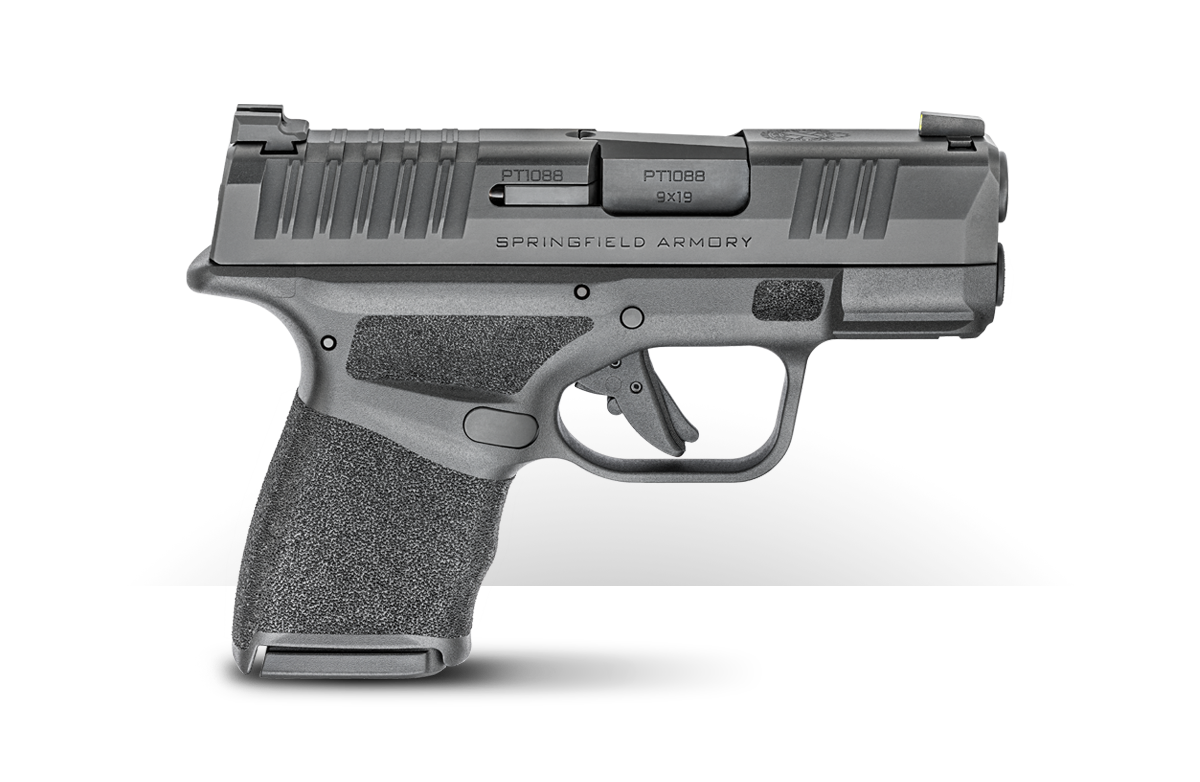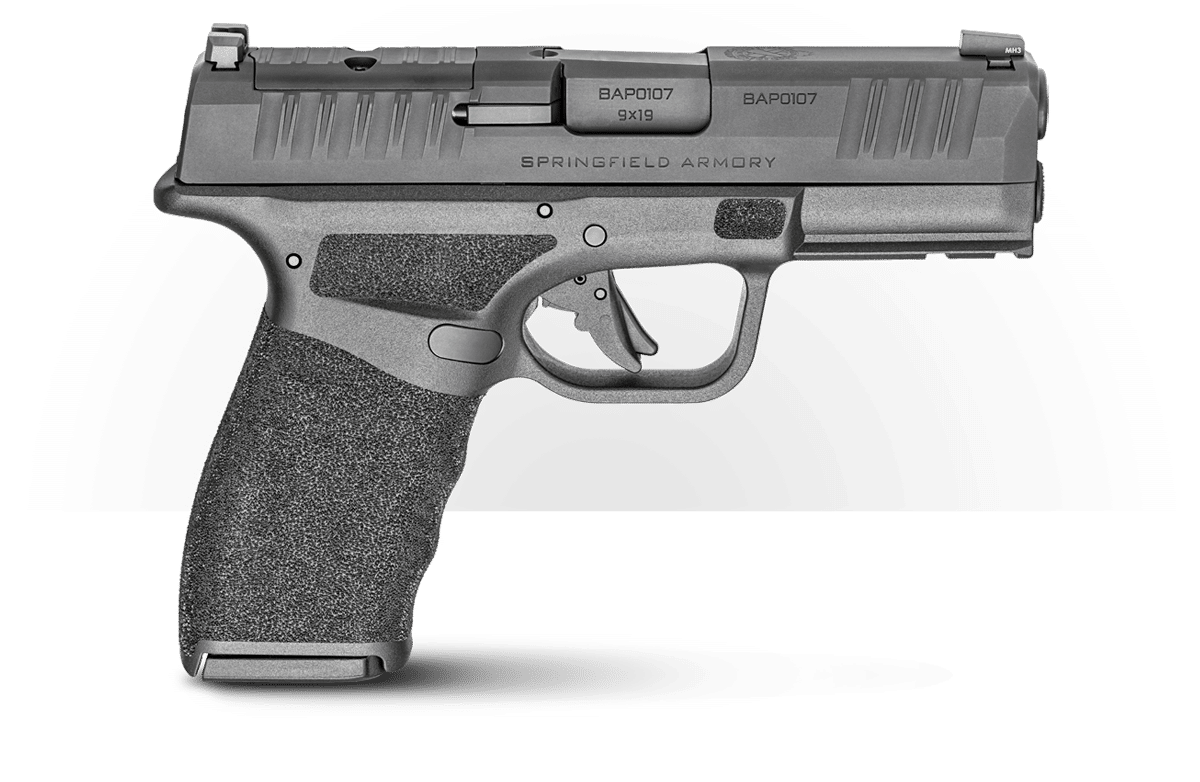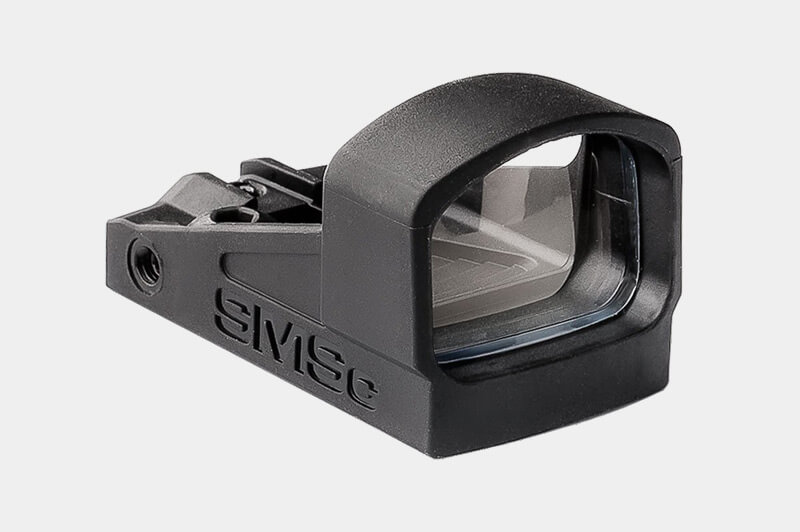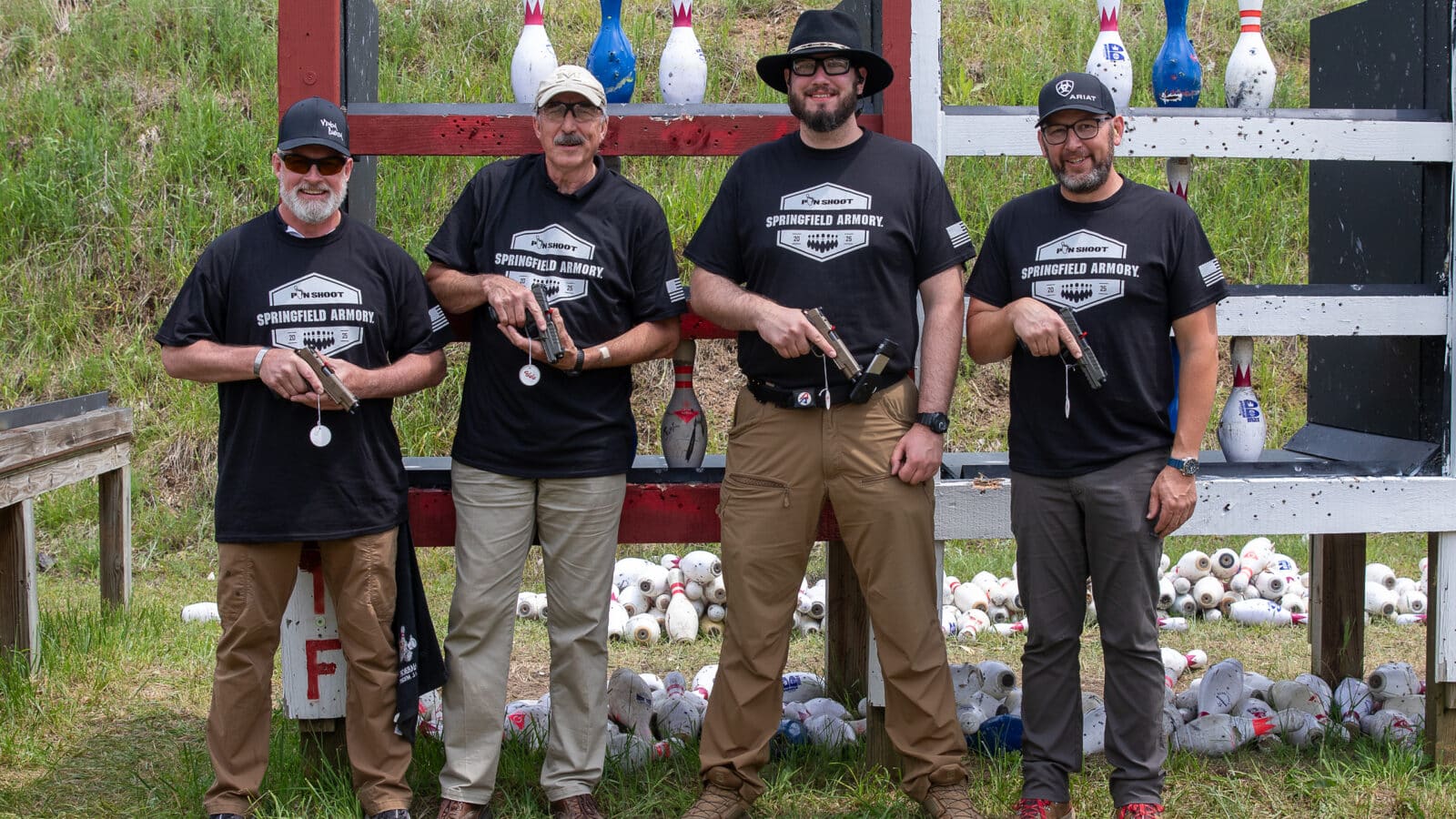Should You Not Run a Red Dot on Your EDC?
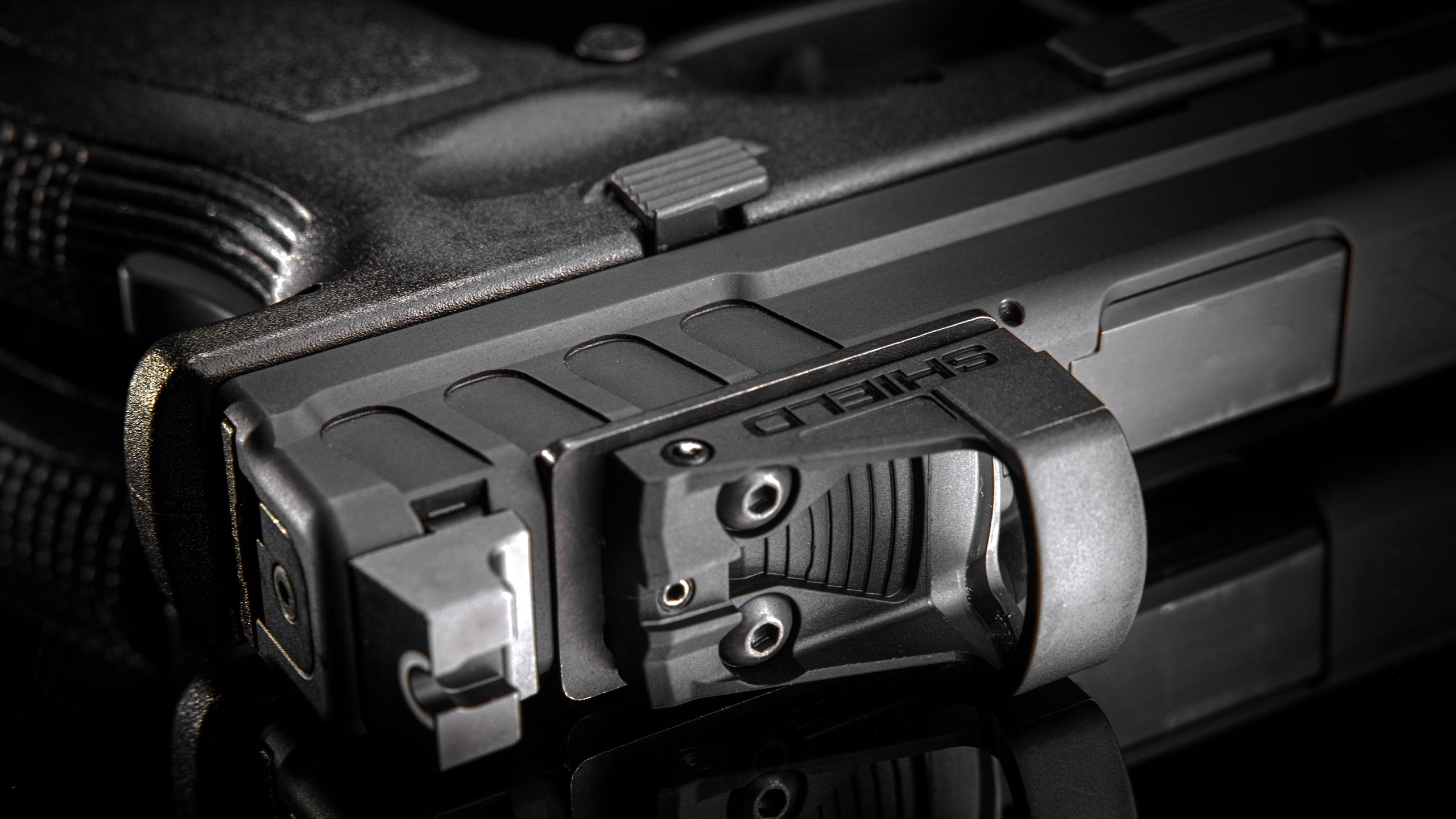
I have been a serious student of defensive pistolcraft for just about all of my adult life, with the major focus of my law enforcement career being keeping the good guys and gals safe. As a full-time trainer, at least half of my time was devoted to hands-on training, writing lesson plans, and dealing with the various administrative details in managing a use of force program for a medium size agency.
Having been in the game for more than a few years, I had a ringside seat to the transition from revolvers to pistols, the point versus aimed fire debate, the rise of the patrol rifle, and the controversy over pistol cartridge effectiveness. As this is written, we once again find ourselves on the threshold of the next big thing.
Red dot optics for pistols have been around for decades, but it has only been in the last decade or so that they have made an impact in the personal defense market. Today, manufacturers like Springfield Armory are turning out pistols in every size range that are optics-compatible.
In the not-so-distant past, there were some very real concerns about the suitability of a red dot sight system on a defensive handgun. Mounting systems, battery life, ruggedness, and reliability were all concerns, but by and large, the optics now available from the top-tier manufacturers have solved those problems.
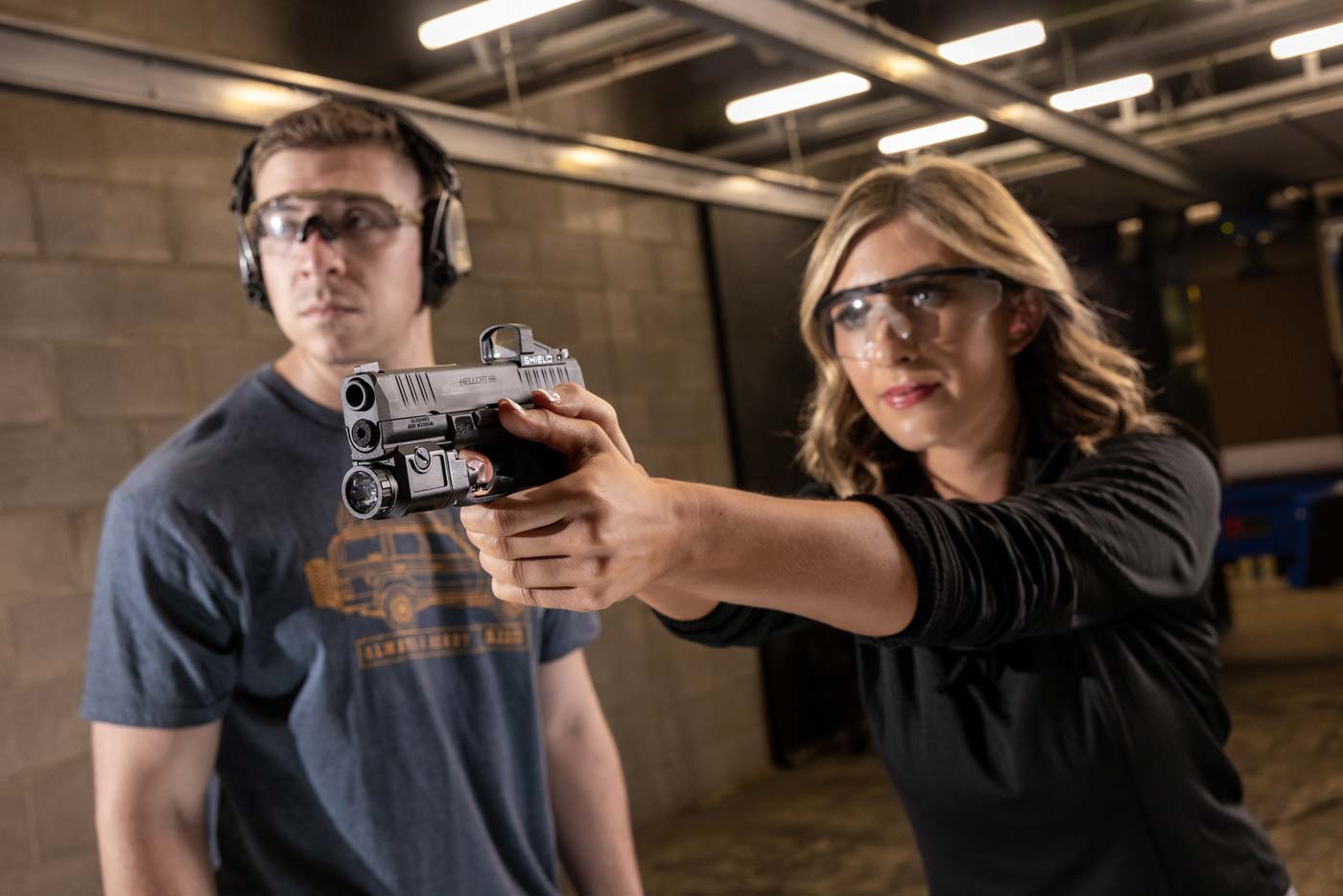
An observation I have made over the years is that if we don’t have a contentious issue relative to gear or how we train, we can probably invent one. I regularly cross paths with other trainers and skilled users who strongly feel red dot optics are the best thing coming down the pike since indoor plumbing. On the other hand, other equally well-credentialed people in my circle have dismissed the red dot revolution as a passing fad and continue to feel that iron sights are still the way to go.
So, who is right? I have watched officers in my own outfit who were already fair shooters take a quantum leap in their ability to put quick hits on target once they went to the red dot. I would also agree that getting new shooters up to speed may be easier with a red dot-equipped pistol. However, would I stop short in saying a red dot is the way to go for everybody?
Reality Check
My immersion into the world of red dots took place at a trainer’s conference several years ago where a representative of a leading manufacturer taught a half-day class, including a live-fire session. Red dot-equipped pistols identical to our service arms were passed out and all hands participated in a number of exercises ranging from typical combat distance all the way back to 50 yards. At that time, I felt that the red dot made hitting at extended distance much easier, but I felt I was going significantly slower at close range.
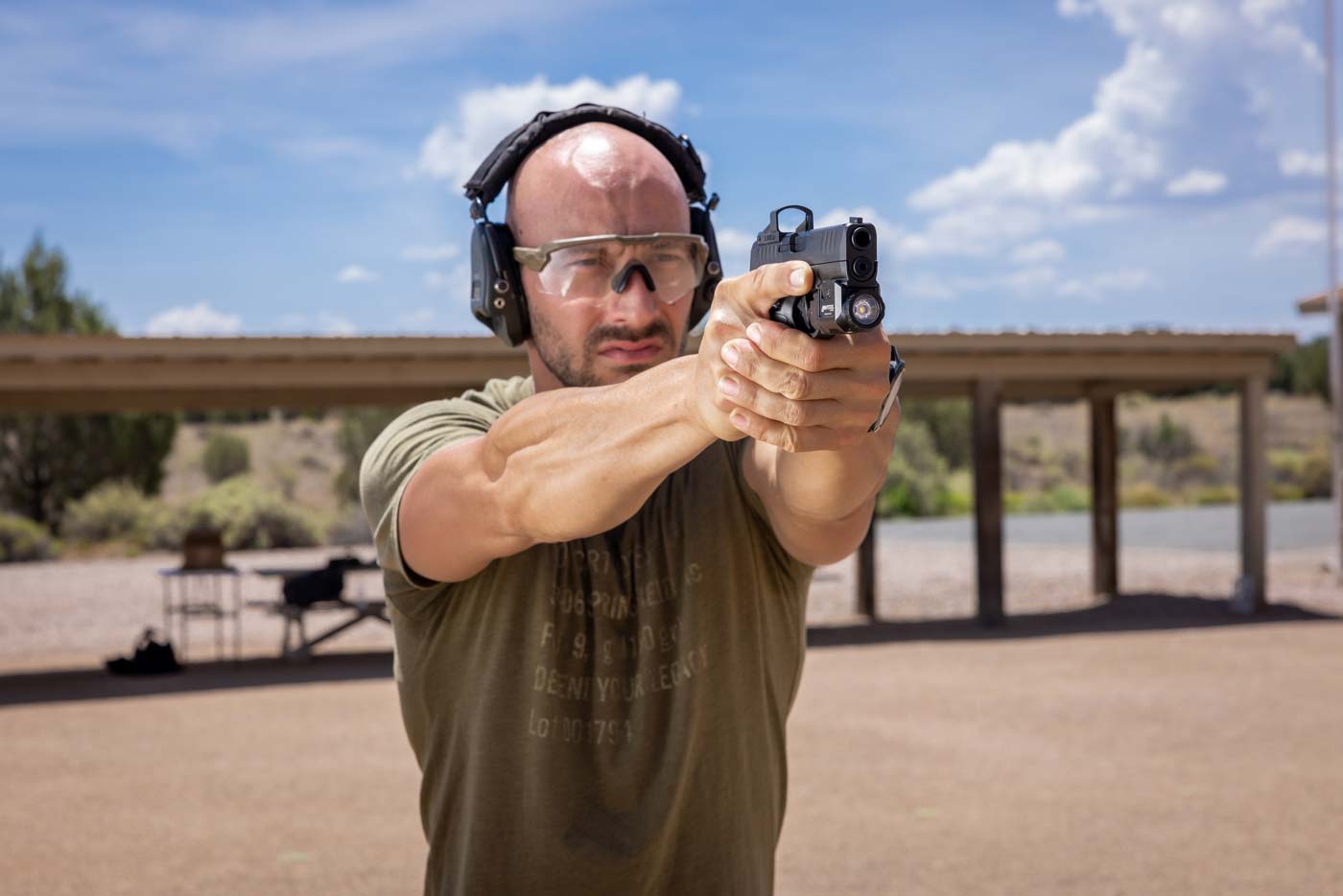
As time passed, it was clear to me red dots were going to be a big part of the future whether I liked it or not, and as an instructor I better get squared away. An instructor-level red dot class changed my perspective and, over the long haul, my proficiency has improved dramatically. I can now shoot at a fast clip in close combat drills and be rewarded with good hits; something I couldn’t do when I started out. I occasionally use a red dot-equipped pistol to teach, but my everyday carry guns are outfitted with iron sights.
An inescapable truth is that most armed confrontations involving the police as well as responsible citizens unfold inside of conversational distance. Action is very fast, light conditions are often less than optimum, and you and/or the threat may be moving, and your assailant only partially exposed. Exactly, what advantage does an optics-equipped pistol afford in this type of situation? Clearly, as distance increases, the dot may very well be a huge plus.
A pistol used for personal defense needs to fit the hand, be devoid of sharp edges, have a decent trigger action, and have sights you can see under a wide range of lighting conditions. Does that sound like an optics-equipped pistol? Perhaps, but that hardly means a handgun with traditional iron sights is a poor choice.
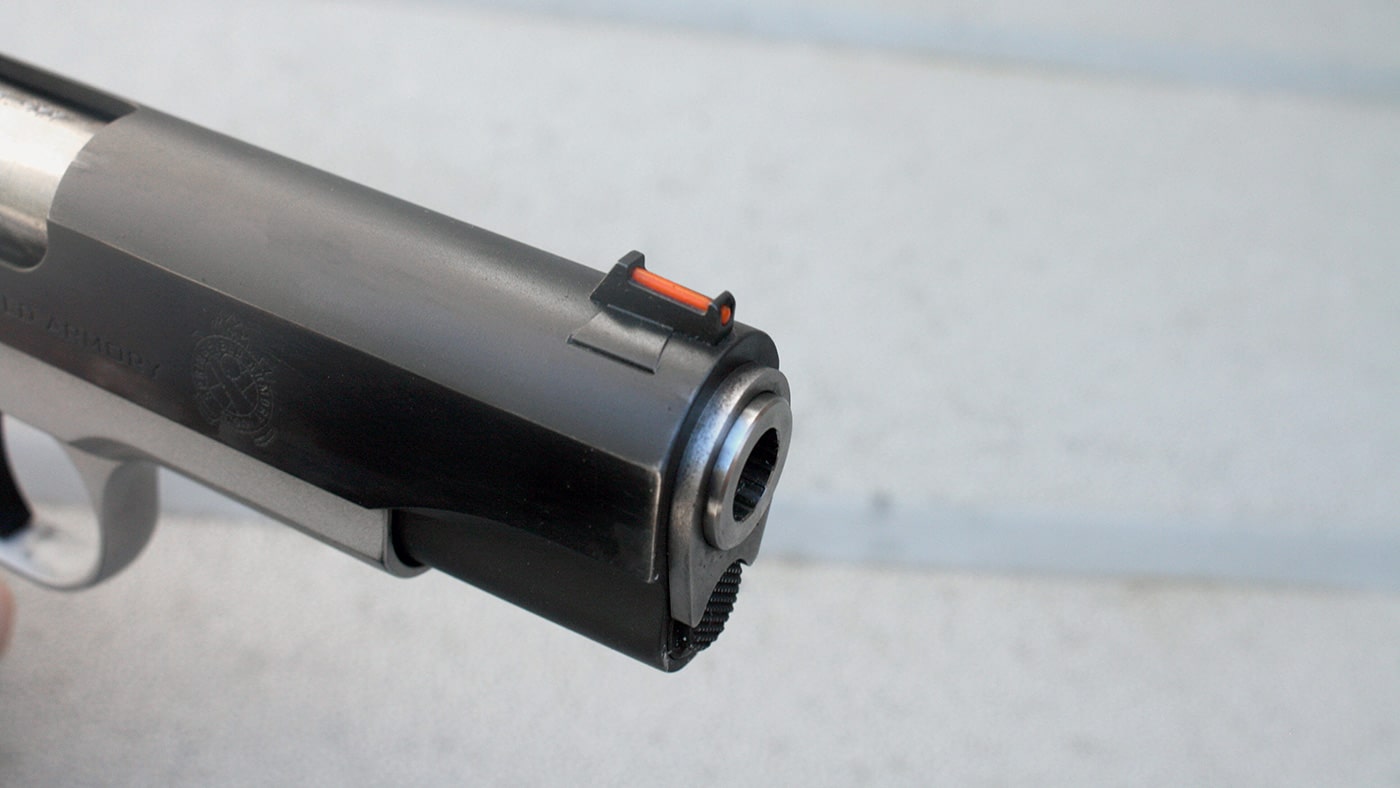
To cut right to the chase, I couldn’t care less what sort of technology you utilize as long as you can get quick hits on the target, day or night. But if you think throwing money at the problem and solving your shortcomings with technology is going to fix things, you’re mistaken. You’ll just miss that much faster! The harsh reality is that it all comes down to training.
To Dot or Not
There is no doubt in my mind that a red dot affords the user any number of advantages. Whether or not one is able to capitalize on that in a gunfight is another issue altogether. As indicated earlier, for many users hit probability at longer distances will probably be better. There is also much to be said about a single focal point sighting system when being subjected to life-threatening stress. And once you buy into the system, speed does not have to suffer at typical combat distance.
But like most things in life, there is no free lunch. I’m not one to cut corners on gear I might have to use to protect my life, and this is especially true with red dots. The bottom line is that the better optics can cost as much as or even more than the pistol you affix them to.
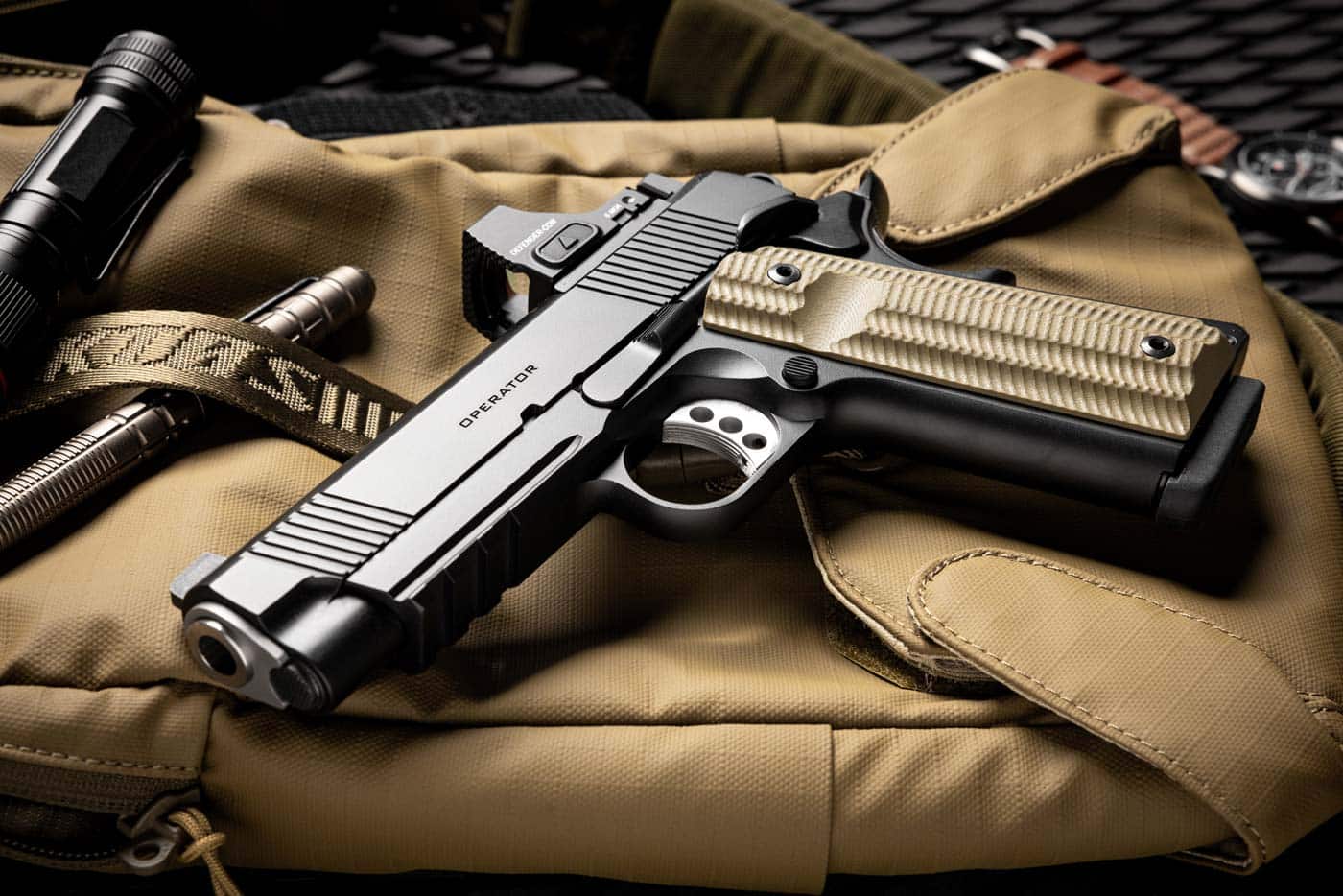
If you choose to go with pistol-mounted optics, shop carefully and select something that has a good reputation for durability. Should you go with some hobby-grade optic, I can just about guarantee that you will be disappointed and end up replacing it with the one you should have bought in the first place.
Very few people have a seamless transition from irons to dots, particularly those of us who have used traditional sights for decades. A significant investment in time and ammunition will be required to adapt to the new system. Sighting in and burning up 50 rounds simply isn’t going to do it.
Are you carrying a concealed firearm somewhere on your body? Weapon-mounted lights and optics offer performance advantages, but depending on the pistol, holster and clothing worn, they can make it a little more difficult to get under the radar. An optic on the rear of the slide can print through or even hang up on a light covering garment, exposing your holstered pistol to the world. You may have to re-evaluate your carry combination in order to remain as discreet as possible.
Although I am sometimes perceived as a knuckle-dragging Neanderthal, when you get right down to it I have no problem if you want to run a dot on your pistol. The optic itself is just part of the picture and, as long as you commit to some serious training, it should all work out.
Other Options
Like most shooters, I have my preferences in the sort of sights I prefer on handguns that might be used for personal defense. While a red dot will indeed grab your attention and give you a reliable index on target, there are some other viable considerations. Quite frankly, you need something that is going to grab your attention when things are spinning out of control and you find yourself in the fight for your life.

For example, the factory sights on my Echelon 4.0C consist of a Tactical Rack U-notch rear and tritium/green luminescent front, which is hard to ignore and highly visible in the widest range of light conditions. As far as aftermarket options, I’m pretty fond of those offered by Ameriglo and XS Sights.
If things get ugly, will you really see those sights? In close quarters, there is a great deal of research that suggests that you will be threat-focused. But as you drive that pistol to eye level, the front sight will interrupt that plane of vision from your eye to the target. Once that front sight is on the threat, press the trigger. This coarse or crude sight picture will indeed give you a much higher probability of getting hits on target.
Another consideration is a laser sight. Laser sight systems enjoyed a bit of popularity some years ago, but interest seems to have faded quite a bit. Like a red dot, a laser sight works off a single focal plane where you simply look for the dot on the target and press the trigger. The downside is you cannot see a laser in bright sunlight, which limits their application. They are however, very useful indoors or in reduced light and are probably the ultimate night sight. Considering that a great many armed conflicts unfold in poor light, this is a very real advantage. Additionally, many small handguns utilized for discreet carry are often equipped with inferior sights and adding a laser can be a huge force multiplier.

For pistols, I have grown very fond of the combination units that feature an intense white light and a laser aimer. These units can easily be affixed or removed to the accessory rail of the pistol, but here’s the rub. Light-bearing holsters for pistols with illuminators are readily available for all popular pistols, but with the combination units, you’re going to have to beat the bushes a little bit harder. On my Echelon 4.0C, I have been running a Streamlight TLR-8XG that features a 500-lumen white light and a green laser. This marriage has proved to be a stellar performer in poor light.
What Really Matters
If you can quickly define your sights and get a reliable index on the threat, it probably doesn’t matter if you are running irons or a dot on your pistol. More than likely, the threat will be very close and once things are in motion, the scenario will unfold very quickly. Other factors such as mindset and tactics are far more important than the sights on your gun.
As time goes on, we will get a much clearer picture of whether or not red dots enhance hit probability in gunfights. No doubt, many of us will be revisiting this issue from time to time. For right now, I’m not running a dot on my carry pistols, but that could change at some point.
Sticking with a more conventional sight system as opposed to an electronic one doesn’t make you a Fudd. If personal defense is your primary focus, you have no doubt made an educated decision based on your needs. You may be far better served spending your money on ammunition and training as opposed to an optic. And if you are running a red dot and have invested the training time to run it well, you are probably in very good shape defensively.
So team, it’s your call whether you want to go with a dot or a traditional sighting system. Either way, you have to train like your life depends on it. Because it does!
Be sure to check out The Armory Life Forum, where you can comment about our daily articles, as well as just talk guns and gear. Click the “Go To Forum Thread” link below to jump in!


